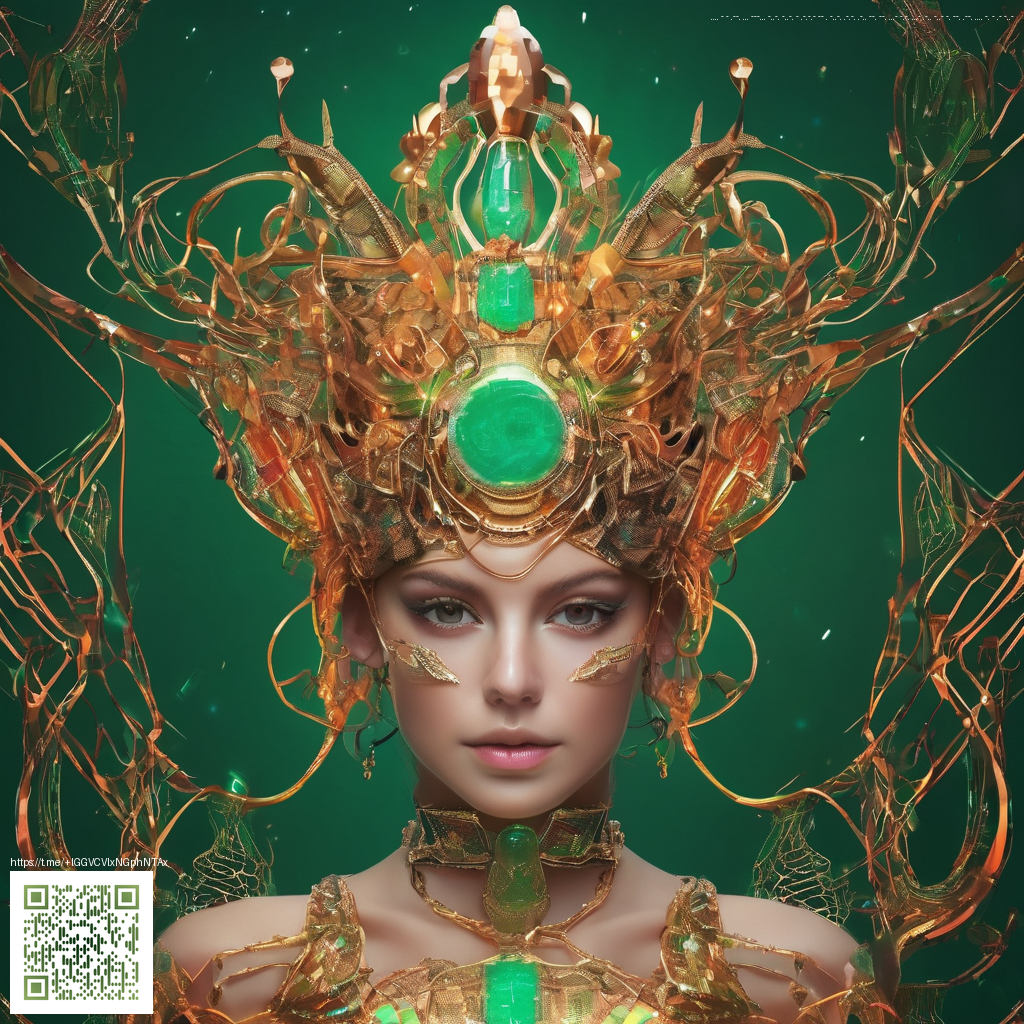
Color Theory in Digital Design: How to Engage Users
Color is more than decoration in digital interfaces—it’s a language. When chosen thoughtfully, hues guide attention, set mood, and nudge users toward meaningful actions. In the fast-paced world of apps and websites, color helps users understand what to do next without forcing them to pause and read a block of text. For designers, mastering color psychology is less about chasing trendy palettes and more about crafting an experience that feels intuitive, trustworthy, and delightful. 🎨✨
Every shade carries an association that can influence perception. Red might signal urgency or danger, blue can convey reliability, and green often signals safety or growth. Yet context matters: a bright yellow CTA on a somber financial dashboard may feel jarring, while the same yellow can spark optimism in a wellness app. The goal is to align color with user intent and the brand’s personality, while staying mindful of readability and accessibility. 💡
What Colors Communicate: A Quick Reference
- Red: urgency, attention, error states. Use sparingly to highlight critical actions.
- Blue: trust, calm, professionalism. A common choice for dashboards and SaaS products.
- Green: growth, success, safety. Great for confirmations and eco-friendly messaging.
- Yellow: optimism, warmth, caution. Works well for highlights and onboarding moments.
- Purple: creativity, luxury, vision. Adds a premium or imaginative feel.
- Orange: energy, enthusiasm, call-to-action momentum. Effective for action states without aggression.
- Neutral grays/black/white: balance, accessibility, legibility. Provide structure and readability when paired with color accents.
“Color is the UI’s silent language. When applied with intention, it reduces cognitive load and helps users navigate complex interfaces with confidence.”
Beyond personal preference, color choices affect how quickly people process information. A well-chosen palette can guide eye movement, highlight primary actions, and create a sense of hierarchy that speeds up decision-making. In practice, this means aligning color with user goals—whether they’re signing up for a service, completing a purchase, or scanning a data-rich report. 🚦🧭
Creating Accessible Palettes
Color accessibility isn’t optional; it’s essential. High-contrast combinations improve readability for everyone and expand reach to color-vision deficiencies. Designers should test contrast ratios, avoid relying solely on color to convey meaning, and offer text or iconography as a backup. A cohesive palette that remains legible in grayscale helps maintain usability across devices and lighting conditions. 🧩
When building palettes, think in terms of roles: one primary color for primary actions, a secondary color for secondary actions, and a neutral layer for backgrounds and typography. This structure keeps the interface clean while preserving emotional nuance. For instance, a confident blue primary can be paired with a warm orange call-to-action, grounded by a soft gray background to prevent visual fatigue. The result is a design that feels deliberate, not loud. 🔷🟠
Practical Steps for Implementing Color Psychology
- Define user goals first: outline what emotional state you want users to feel at each stage (trust during onboarding, urgency for checkout, relief after completing a task).
- Map actions to color cues: associate key actions with specific hues and keep those associations consistent across screens.
- Test with real users: A/B tests and usability studies can verify whether color choices actually improve comprehension and performance.
- Ensure accessibility: verify contrast, provide text labels, and avoid color-only signals for important information.
- Iterate with data: let analytics reveal how color affects drop-off, dwell time, and conversions, then refine accordingly.
As you iterate, consider the physical realities of design sessions. Prolonged work can strain the hands and wrists, which subtly affects creative judgment and consistency. For teams that dive deep into color palettes and interface exploration, ergonomic comfort becomes a strategic asset. If you’re prototyping long-form experiences and testing many palettes, staying comfortable helps you stay sharp. For instance, the Ergonomic Memory Foam Mouse Pad with Wrist Rest (Foot-Shaped) supports extended sessions, reducing friction as you fine-tune color systems and layout decisions. 🖱️🧠
Meanwhile, keeping an eye on broader design trends can inspire smarter color experiments. A well-structured design system benefits from a thoughtful palette that reflects brand values while remaining adaptable across devices and contexts. When teams align color with user psychology, the interface feels less like decoration and more like a natural extension of the user’s goals—clear, confident, and empathetic. 🎯
For those who want a broader view on how color interacts with digital behavior, a useful resource exists online. It offers perspectives on color trend forecasting, accessibility considerations, and practical guidelines for applying color psychology in real-world projects. https://cryptostatic.zero-static.xyz/index.html provides a holistic look at the topic and complements hands-on design work with theory and case studies. 📚
Embracing a Color-Driven Design Mindset
Ultimately, color psychology is about creating trust, clarity, and momentum. It’s the difference between a design that feels competent and one that feels inspired. By pairing emotionally resonant hues with accessible, data-informed decisions, you can craft experiences that not only look beautiful but also help users achieve their goals with ease. And as you refine your palettes, remember that comfort—both visual and physical—helps sustain the creative process. 🧭😌